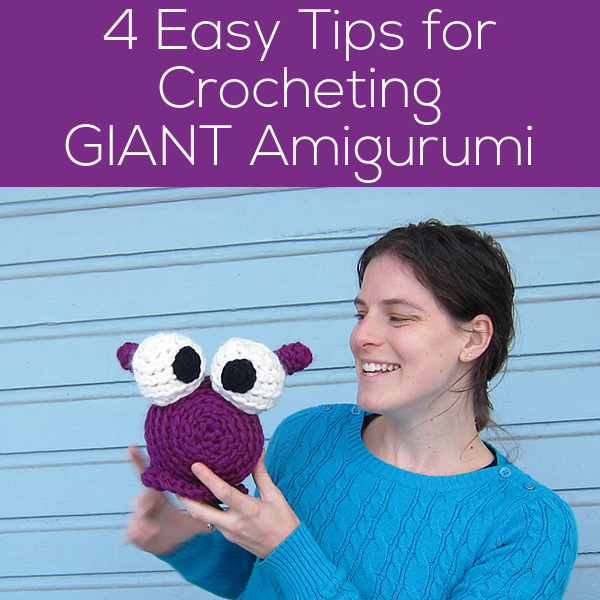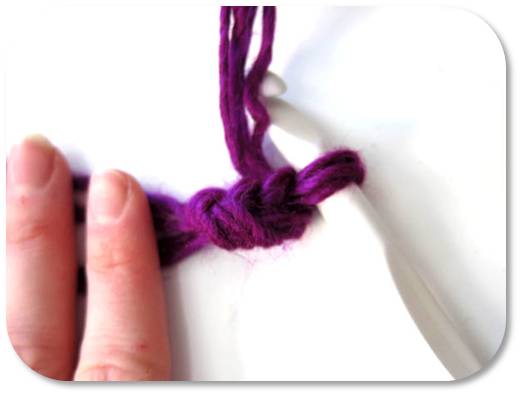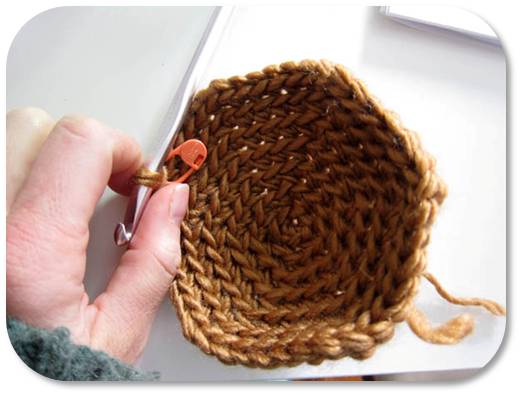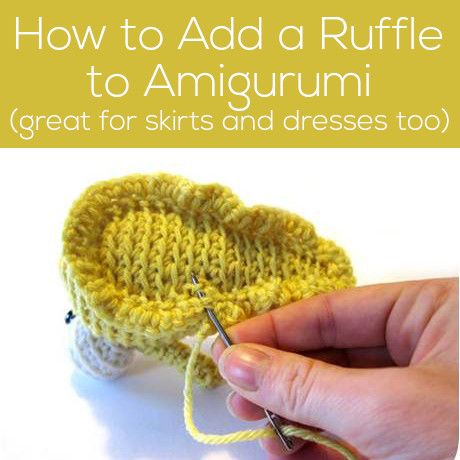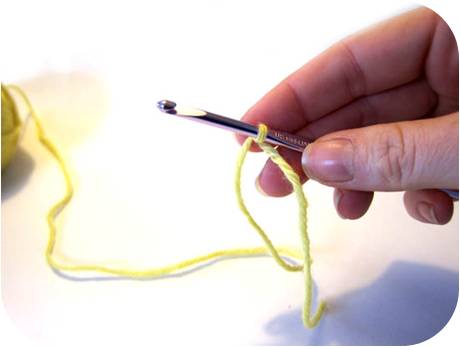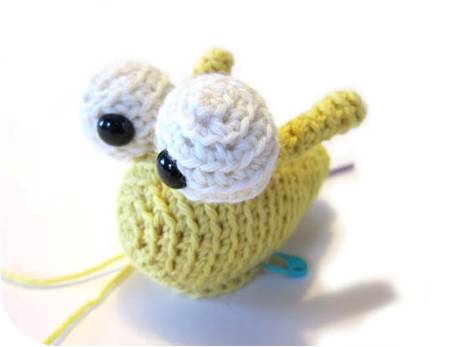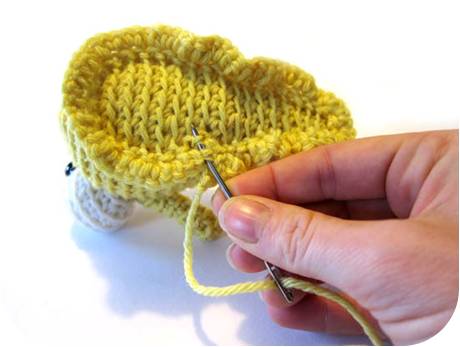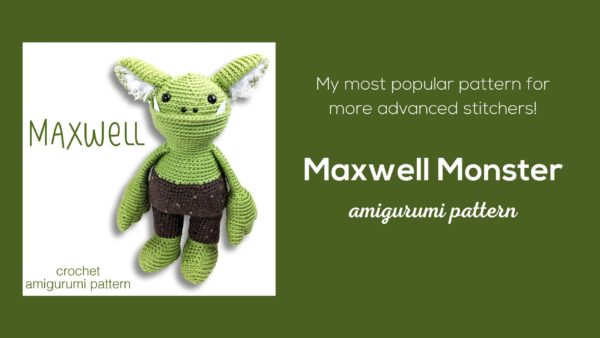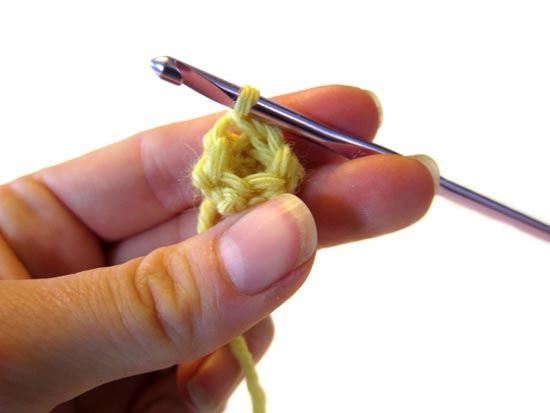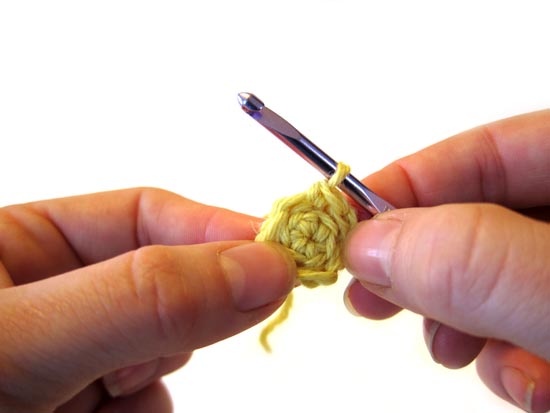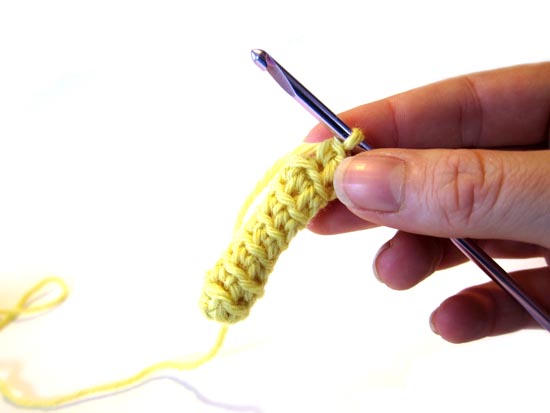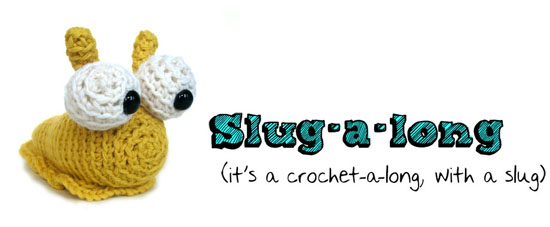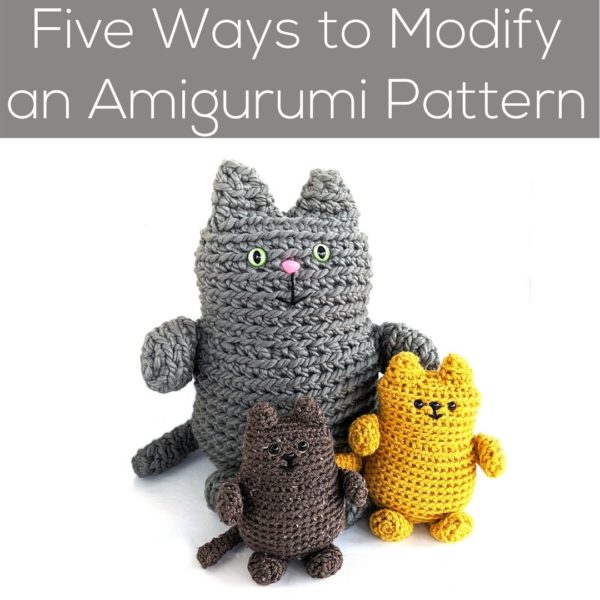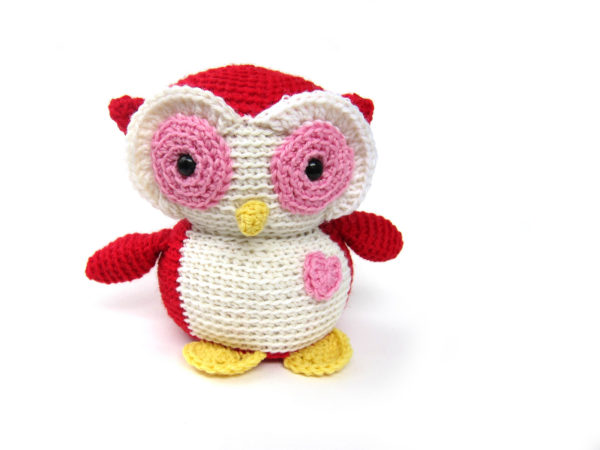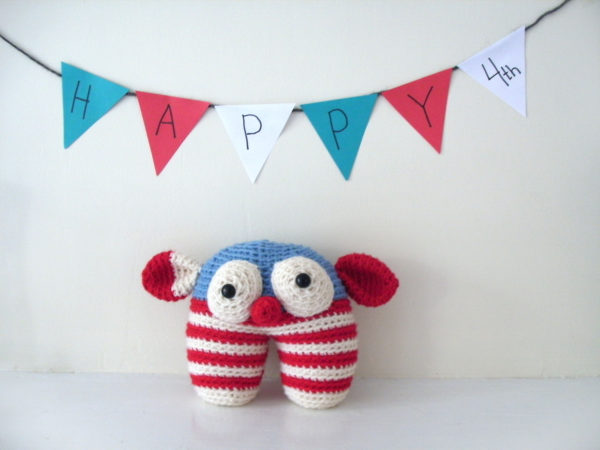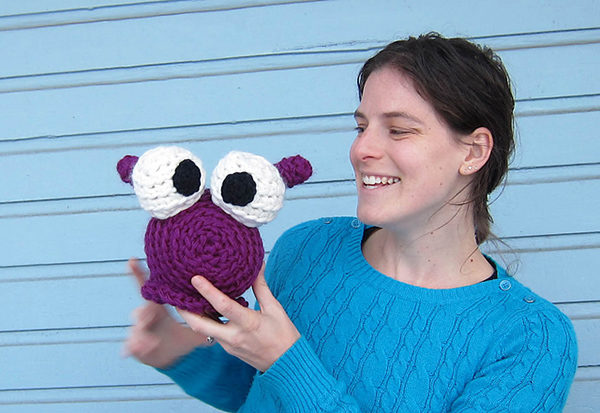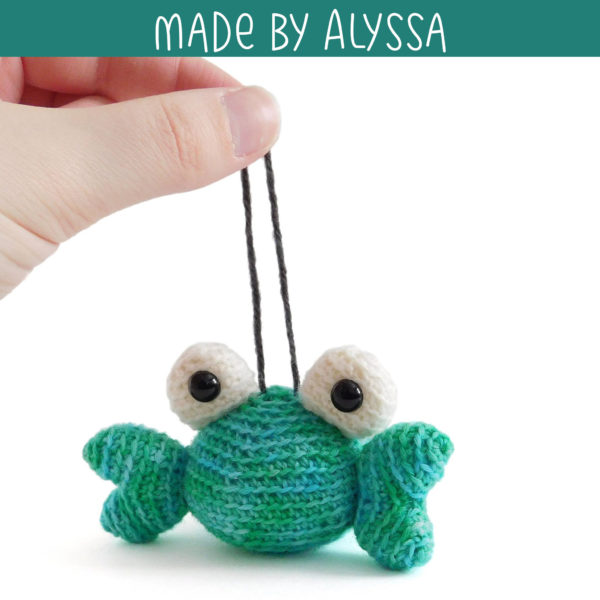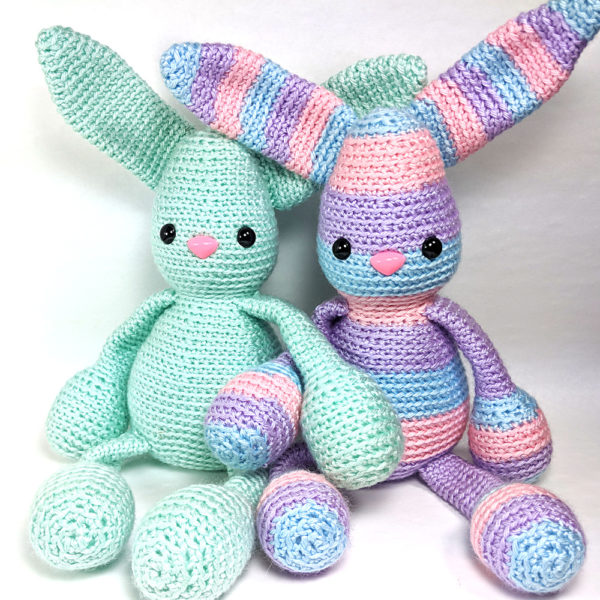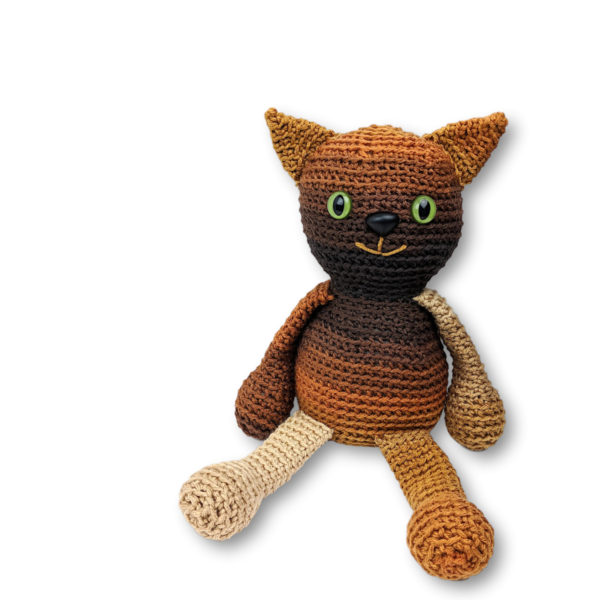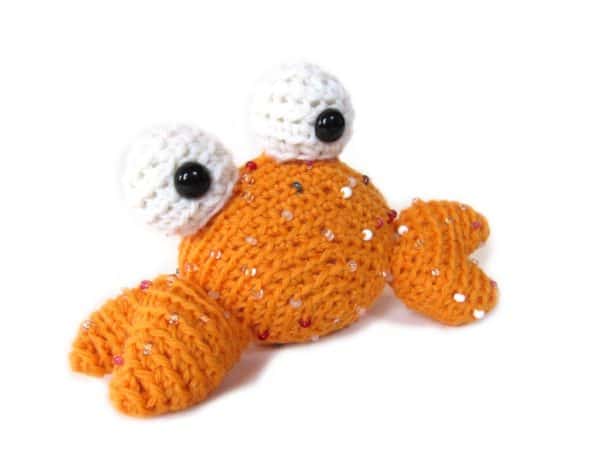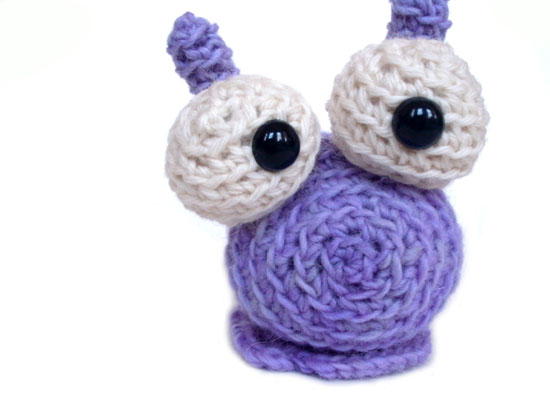It’s easy to crochet a giant amigurumi by using a thicker yarn and a larger hook! The result is a super-large animal, with the same amount of crochet work!
Want to give it a try? Here are some tips.
Use multiple strands if a thicker yarn isn’t available
Super-bulky yarns can be pricey and have a limited selection of colors. So, if you can’t get the super-bulky yarn you’re looking for, try holding multiple strands of yarn together!
Check out my blog post on how to work with two yarns at once for some tips on handling the yarn.
Don’t be afraid to experiment with hook sizes
The same rules apply with giant amigurumi as small ones: you want a nice fabric without holes showing through.
It may feel funny using a giant hook, so just make sure you’re getting an even tension, and find the size that works! I like to start with a hook one size smaller than what the yarn band recommends, and then go up or down from there if needed.
Take breaks
Crocheting with very thick yarn can be hard on your wrists. Take more breaks than you usually do and give these wrist exercises a try.
Know that you may have to fudge attaching instructions a bit
You’ll be able to follow the crochet directions exactly, and get a giant amigurumi stuffed animal!
But. . . if your pattern specifies exact rounds (or suggestions) for attaching, you might need to take a little creative license.
For example, in crocheting my giant slug, the pattern recommends attaching the eyes to two rounds. Works great for a tiny slug… but it would have made this giant slug’s eyeballs look squashed. So I took some liberties, and attached them how they would look best (to 3 rounds, if you’re curious!)
Don’t be afraid… feel liberated!
Want more info?
Planet June has a great post with LOTS of nerdy detail about scaling crochet patterns – from itty bitty all the way up to giant amigurumi. Read it here.
You should always have fun crocheting… but especially for a jumbo project like this! Go stash-busting and throw together crazy colors. Make a giant animal! Have a blast!

Here are handy links to all the posts about crocheting stuffed animals in different sizes. . .
- Four Easy Tips for Crocheting GIANT Amigurumi
- How to Crochet Smaller Amigurumi
- A Shortcut for Crocheting Stuffed Animals Faster
Return to the main table of contents for Let’s Learn to Crochet Amigurumi.
Move on to the lessons for crocheting more advanced shapes.
Happy stitching!







